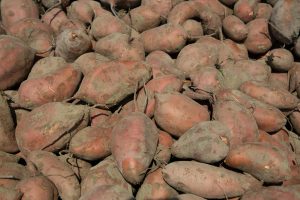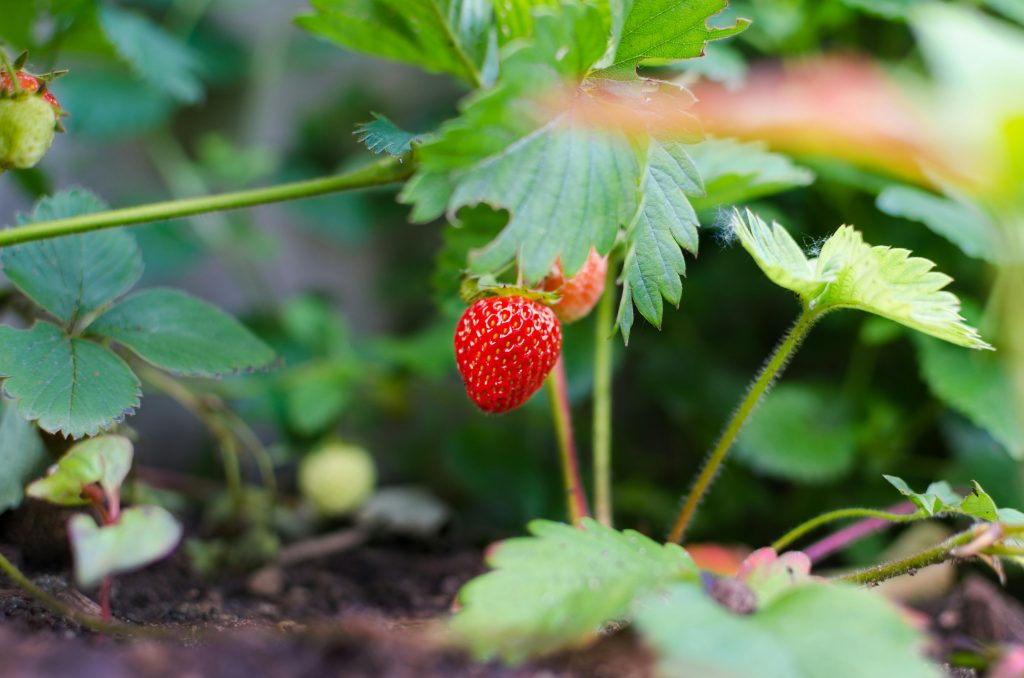
Gypsum for Root Crops: Preventing Cracking and Improving Shape
Root crops are among the most reliable and versatile vegetables grown in fall gardens. Carrots, beets, radishes, potatoes, and turnips are staples for both commercial

Choosing the right fertilizer form—liquid or granular—can make a huge difference in how your garden, lawn, or crops respond during the intense summer months. Both options provide essential nutrients, but their mode of delivery, speed of action, and suitability for summer conditions vary significantly.
In this detailed breakdown, we’ll compare the science, performance, and practical applications of liquid and granular fertilizers in summer heat. Plus, we’ll show you how to make smart product choices using trusted solutions from Supply Solutions LLC.
Liquid fertilizers are water-soluble nutrient solutions applied by spraying or through irrigation. They deliver nutrients directly to plant leaves (foliar feeding) or to the root zone via watering.
Pros of Liquid Fertilizers in Summer:
Best Uses:
Recommended Products:
Granular fertilizers are dry pellets or prills that release nutrients gradually through soil moisture. These are typically spread by hand or a broadcast spreader.
Pros of Granular Fertilizers in Summer:
Challenges in Hot Weather:
When to Use Granulars in Summer:
Recommended Granular Support:
| Feature | Liquid Fertilizers | Granular Fertilizers |
|---|---|---|
| Speed of Action | Fast (1–3 days) | Slow (1–4 weeks) |
| Application Ease | Spray or dilute | Spread manually |
| Summer Safety | Higher (if timed right) | Moderate to risky |
| Risk of Burn | Lower when diluted | Higher on dry soil |
| Best Timing | Early morning, late evening | Before rain or irrigation |
| Ideal Use | Quick green-up, corrections | Base feeding, long-term nutrition |
For many summer applications, a hybrid approach offers the best results:
Understanding the differences between liquid and granular fertilizers helps you make better choices, especially in the heat of summer. Liquid fertilizers like 10-10-10 with Micronutrients are your go-to tools for fast response and targeted corrections, while granular options help maintain a consistent feeding base.
Not sure which fertilizer to choose for your setup?
Call 503-451-1622
Email sales@mysolutionssupply.com
Use our Contact Form
Message us on Facebook
Let Supply Solutions LLC guide your summer fertilization strategy—liquid, granular, or both.

Root crops are among the most reliable and versatile vegetables grown in fall gardens. Carrots, beets, radishes, potatoes, and turnips are staples for both commercial

Pumpkins are a symbol of autumn. From carving jack-o’-lanterns for Halloween to baking pies for Thanksgiving, they dominate both markets and households throughout October and
Give us a call or visit our store, and we’ll help you find the right solution for your business.
© Supply Solutions LLC 2025